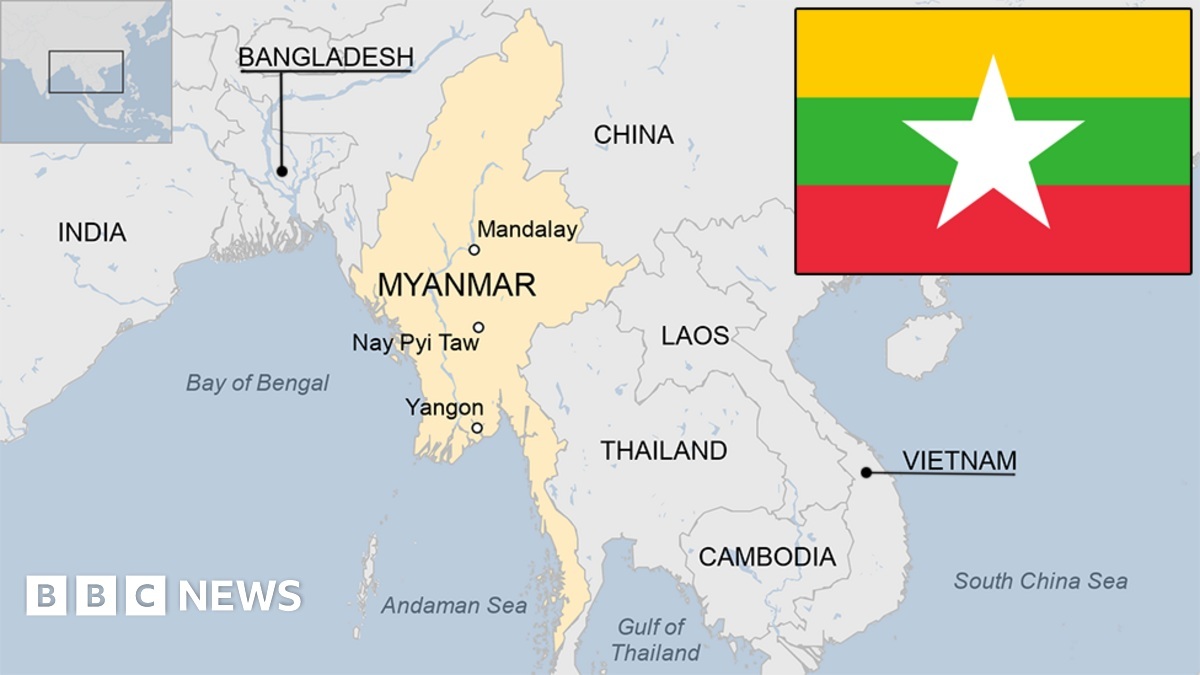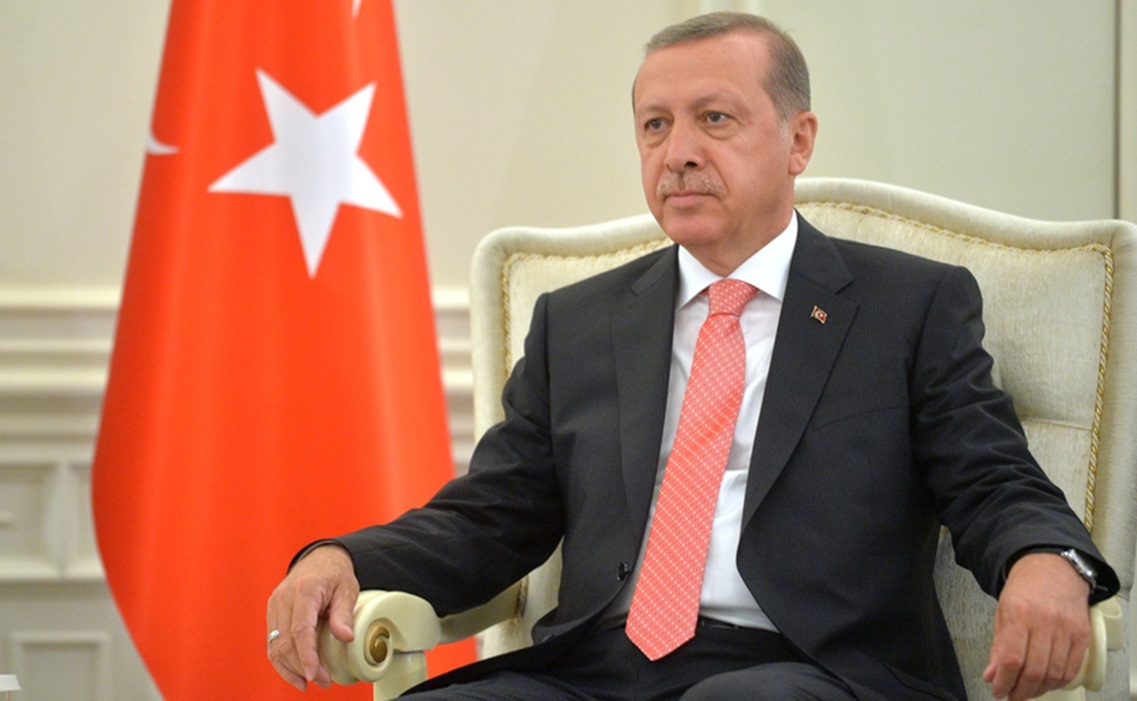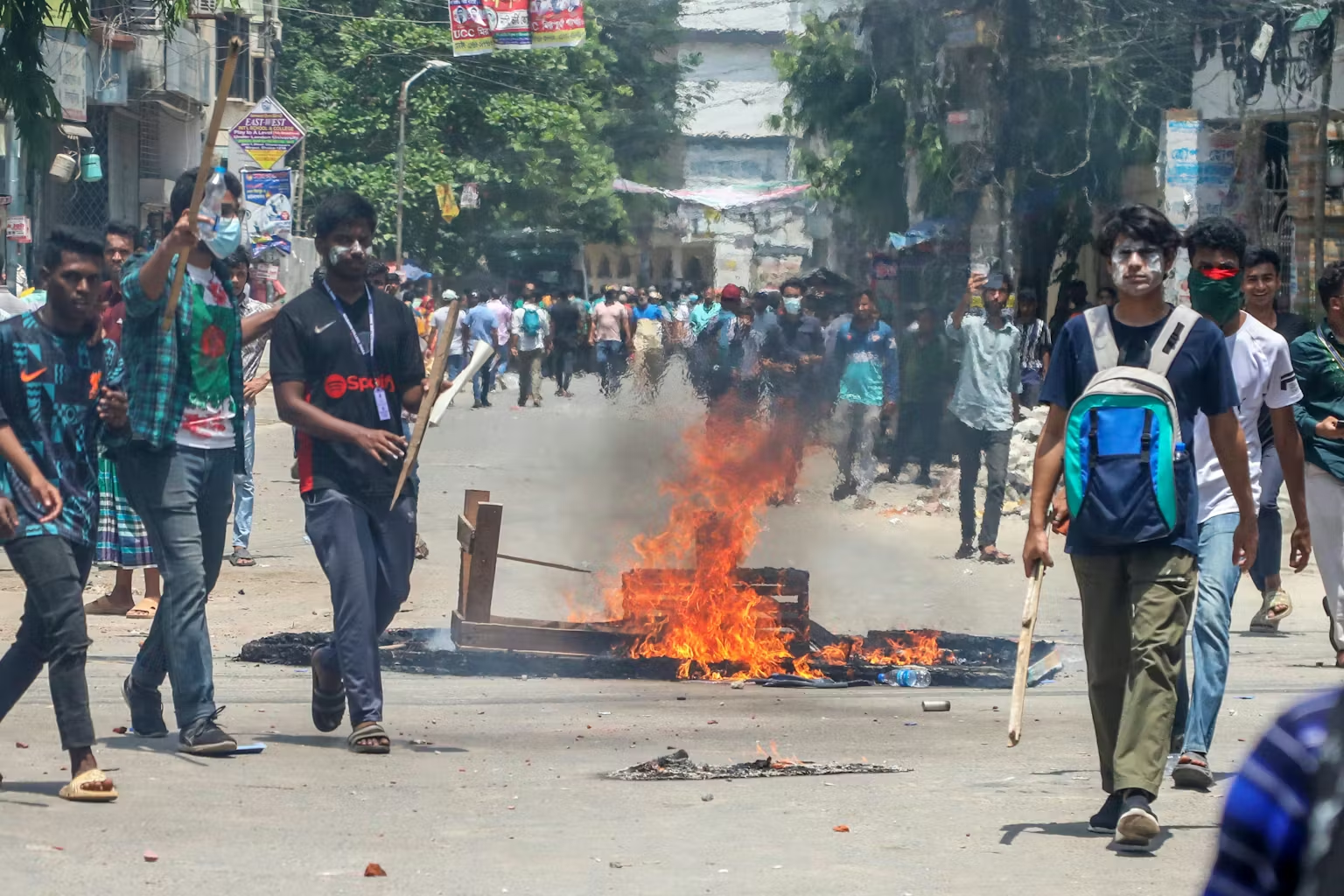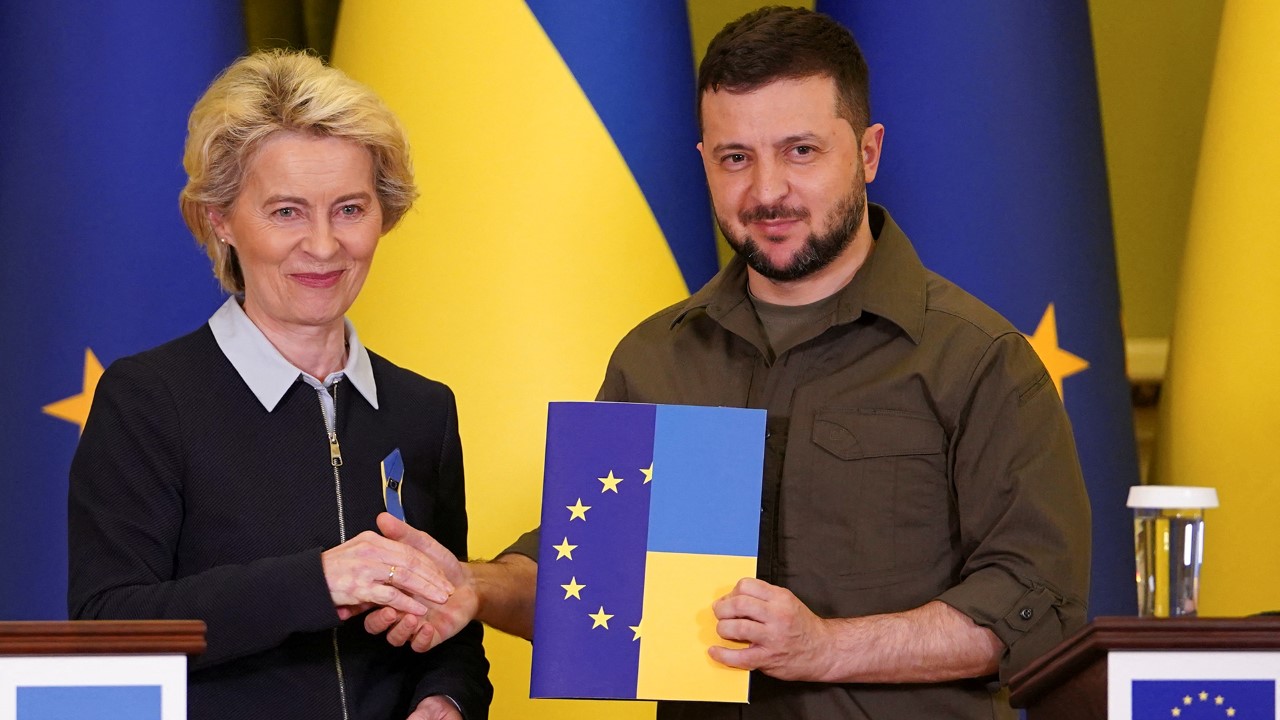Prime Minister Shri Narendra Modi met Senior General Min Aung Hlaing, Chairman of the State Administration Council and Prime Minister of Myanmar, on the sidelines of the BIMSTEC Summit in Bangkok during the first week of April 2025. The PM underlined the importance of early restoration of a democratic process through inclusive and credible elections.
Since the military coup of 1 February 2021, Myanmar has embarked upon a slow-motion collapse, an unravelling not with the theatrics of immediate state collapse, but with the slow grinding defeat of political legitimacy, institutional coherence, and socio-economic solidity. The Tatmadaw’s assumption of full control has not led to the re-imposition of order but to a metastasising crisis with regional implications and dramatic international indifference.
Fragmented Sovereignty
Myanmar is politically fragmented and has few similarities with a traditional military autocracy. The junta leadership’s command from the top is extremely coercive, but it is geographically uneven. Civilians, who are represented by the National Unity Government (NUG), have held some legitimacy in exile and established de facto coalitions with many ethnic armed organisations (EAOs). But for all the symbolic leverage it has accrued abroad, the NUG does not possess the coercive and institutional might required to function as an authentic government in waiting. This has left us with a paradox: a crumbling regime ruling over a disintegrating state, and an opposition with popular support but lacking territorial presence or coherent strategy. What emerges from this configuration is not a contest for state power in the traditional sense, but the devolution of Myanmar into zones of contested authority, especially in the borderlands. Regions historically governed by EAOs, such as Kachin, Shan, Chin, and Karen states, have seen intensified conflict, with insurgent forces mounting some of their most effective resistance since the 1980s. In much of these regions, local government is in a grey area technically beyond junta reach, partly funded by the NUG, but effectively independent. In the meantime, the army persists in conducting punitive raids and airstrikes, indiscriminately, further disenfranchising civilian communities and locking in the notion that Myanmar’s centre cannot hold. The economic face of Myanmar’s meltdown is no less dramatic. Between 2011 and 2019, the nation had one of the brightest growth paths in Southeast Asia. That has now reversed precipitously. GDP fell almost 18% in 2021, and that recovery since has been shallow and patchy. Inflation is still out of control, with the kyat depreciating by over half its value since the coup. Basic goods are now beyond the reach of wide swathes of the population, while state-owned enterprises and military conglomerates have secured their hold on the nation’s natural resources and infrastructure. The private sector, already weakened by decades of opaque regulation, has been decimated by the confluence of international sanctions and internal instability. All that is left is a political economy where rents are being extracted not for building the country, but to pay for repression and buy loyalty in the ranks of the military.
Humanitarian metrics highlight a crisis that not only persists but intensifies. The World Food Programme and the rest of the UN agencies have documented a doubling of acute food insecurity since the coup, with more than 14 million people currently requiring sustained assistance. Close to a million civilians have been internally displaced. Access to assistance continues to be tightly restricted, especially where the resistance groups have taken over since the junta views humanitarian actors with suspicion and sometimes as collaborators. In Rakhine State, renewed military operations have fueled communal tensions and raised alarm for a possible re-run of the 2017 Rohingya exodus. Health infrastructure is saturated; education systems have broken down; and whole generations of children are now being brought up with no access to either formal education or health services.
Strategic Apathy and Regional Dilemmas
This internal collapse has repercussions far beyond Myanmar’s national borders. The failure of the central authority threatens to turn the nation into a regional security and governance black hole. For ASEAN, this represents an existential challenge to its institutional purpose. The bloc’s Five-Point Consensus, negotiated in 2021, was first greeted as a diplomatic achievement. But the junta’s failure to fulfil even its lowest-level provisions—like ceasing violence or dialogue—has made ASEAN’s strategy fail. The doctrine of non-interference, originally a binding rule, is now the main obstacle to meaningful action. As ASEAN member countries split into factions—some keeping clandestine relations with the junta, others embracing the NUG more openly—the organisation’s much-vaunted cohesion is increasingly strained. China’s intervention is more nuanced. While Beijing has a pragmatically inclined relationship with the junta regime—especially via infrastructure development under the Belt and Road Initiative—it is hedging its bets at the same time. Chinese authorities are said to have had back-channel talks with NUG leaders and ethnic armed groups, especially those along the Yunnan border. For Beijing, mathematics is not ideological but tactical: it aims to maintain stability in its close periphery, safeguard Chinese interests, and guarantee unhampered trade flows. This double-track policy is an exercise of both realpolitik and a cautious acknowledgement that the junta is unlikely to last forever.
India, on the other hand, has pursued a policy of strategic equidistance. With long-standing security threats in its northeast and a common 1,600-kilometre border, New Delhi is not eager to provoke the Tatmadaw. Indian officials have extended only limited humanitarian aid and expressed support for democracy, but have refrained from endorsing sanctions or recognition of the NUG. Instead, India continues to advance connectivity initiatives with Myanmar under the “Act East” policy—initiatives now plagued by security threats and political ambiguity.
Australia’s response has been principled but cautious. Canberra has channelled funding toward humanitarian relief and has imposed targeted sanctions on junta figures, yet it has hesitated to escalate pressure or recognise the NUG. The Australian government, like others in the West, appears constrained by the fear of losing diplomatic access altogether and by doubts over the opposition’s capacity to govern effectively. The consequence is a policy of containment, not transformation—one that acquiesces in Myanmar’s slide so long as it does not spill outwards.
Conclusion
Myanmar’s Situation is not an isolated phenomenon, therefore, but a chronic malady. The undermining of state power, economic solvency, and social confidence has generated a whirlpool from which extraction will prove difficult even if tomorrow the junta collapses. What is unique about this moment, however, is not only the domestic tragedy but the international shrug it has received. Without steady diplomatic efforts, regional cohesion, or international pressure, Myanmar will probably continue to hang suspended between repression and resistance, leaving the wider region to bear the consequences.
Title image courtesy: BBC
Disclaimer: The views and opinions expressed by the author do not necessarily reflect the views of the Government of India and Defence Research and Studies.







